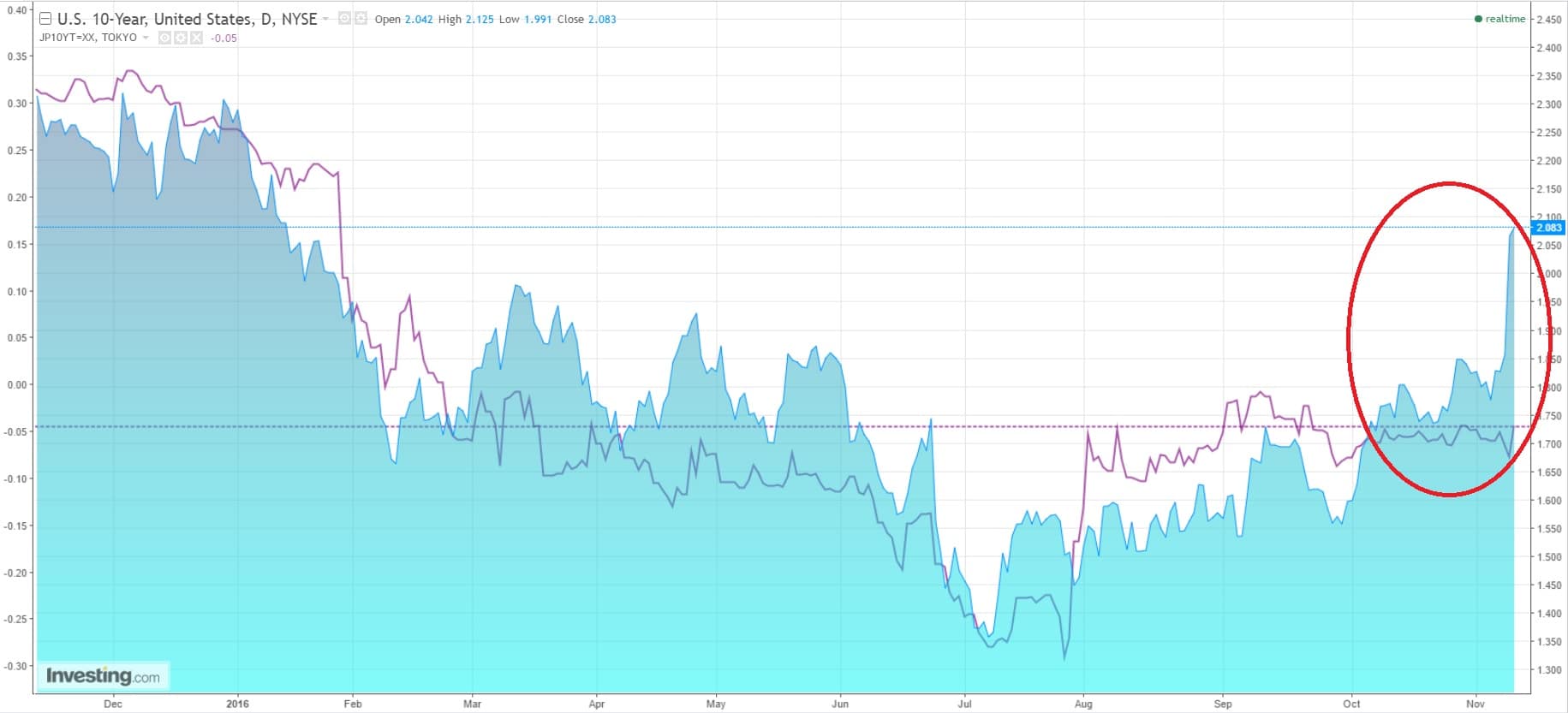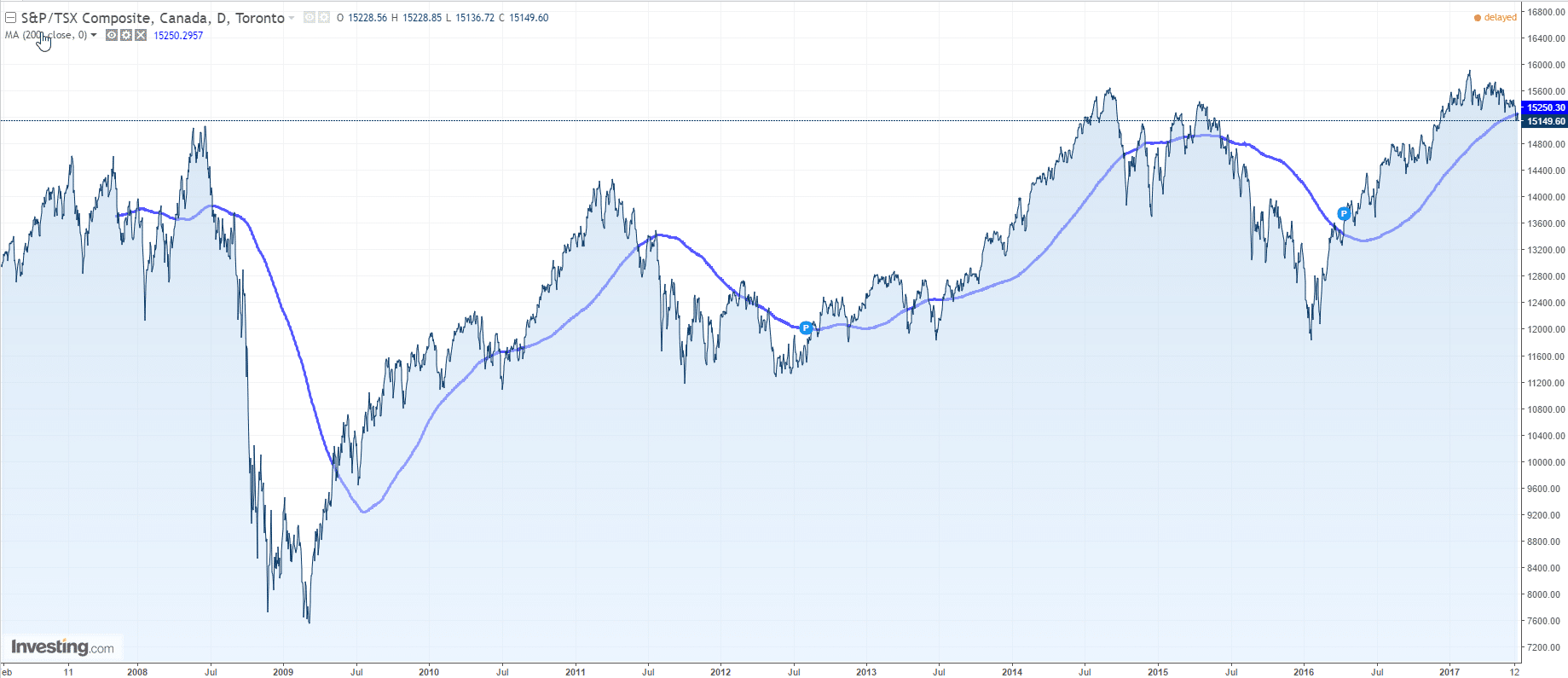The European Central Bank provides additional guidance about its own version of monetary policy tapering, almost live from the Eurofi Financial Forum of Tallin.
Please consider “Monetary policy – what’s next?” by Sabine Lautenschläger of the ECB:
(emphasis added)
“Monetary policy has changed significantly since the financial crisis. For many years we have pursued a highly expansionary monetary policy stance. During that time, monetary policy has also become quite unconventional; we have deployed a range of different non-standard measures. But now, markets, banks and savers are waiting for it to become more conventional again. And there’s no doubt that monetary policy will return to normal. The question is when. That is the first challenge. We need to find the right moment. The conditions are all in place for inflation to reach a stable trend towards our goal: below, but close to, 2% in the medium term. The conditions for that are all in place. Growth has returned to the euro area, and so have jobs. We can look back on 17 quarters of economic growth and an unemployment rate that has fallen from around 12% to around 9%. This has given a boost to demand; people have started spending again. And the recovery is not confined to a few countries; it has taken hold across the euro area.Given all of that, inflation should pick up. And it is picking up, but less quickly than one would expect. So what is holding it back? Well, there are a couple of things – oil and commodity prices, for instance. They suppress headline inflation and make it more volatile. And they also affect core inflation. And there is another issue: the headline unemployment rate seems to miss some of the slack in the labour market. So the economy might be a bit further away from full potential than would appear to be the case at first sight. That, of course, holds inflation down. At the same time, a long period of low inflation has an impact on how wages and prices are set. This is particularly problematic when prices and wages are indexed to inflation. This effect should wash out over time, though. In any case, we can conclude that inflation is taking a bit longer than usual to pick up. So some monetary accommodation is still needed to bring inflation back on a stable trend towards our goal. But to a large extent, this accommodation is being provided by the standard monetary policy measures and by the stock of bonds that we have already bought. So even when we phase out our net purchases of bonds, the accommodation will still remain in place and be sufficient to ensure the necessary support to growth. The buoyant growth coupled with the monetary accommodation will take us back to an inflation rate which is in line with our goal. There’s little doubt about that. Hence, it is time to take a decision now on scaling back our bond purchases at the beginning of next year. And this point leads to a second challenge. We need to think about how to bring our unconventional measures to an end. We need to look ahead and discuss what the exit might look like. I am aware that this requires us to communicate very carefully. On the one hand, we must help markets to get an idea of what the exit will look like. On the other hand, we mustn’t confuse them with vague or ambiguous ideas. It’s a delicate balance we have to strike. And in my view, we need to find this balance now.” |
‘The buoyant growth coupled with the monetary accommodation will take us back to an inflation rate which is in line with our goal. There’s little doubt about that.’
What makes little doubt is the fact that the ECB is in a bold communication exercise. The buoyant growth is arguable to say the least.
And this question of timing: if growth and inflation are not that buoyant, what forces the ECB to trigger the normalisation of its policy ?
Jacques







